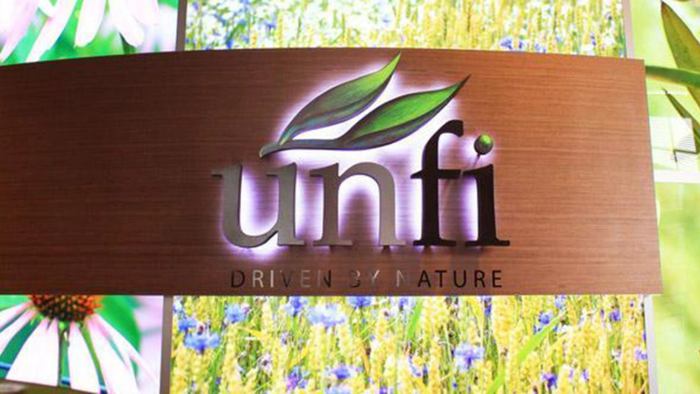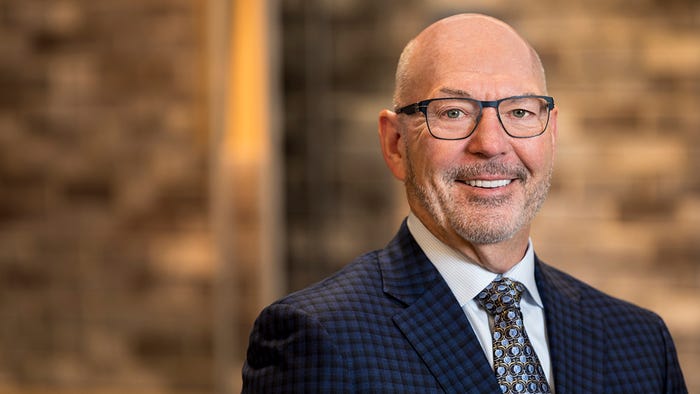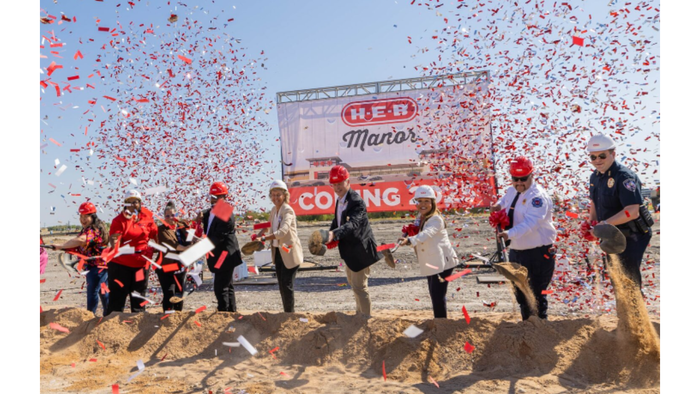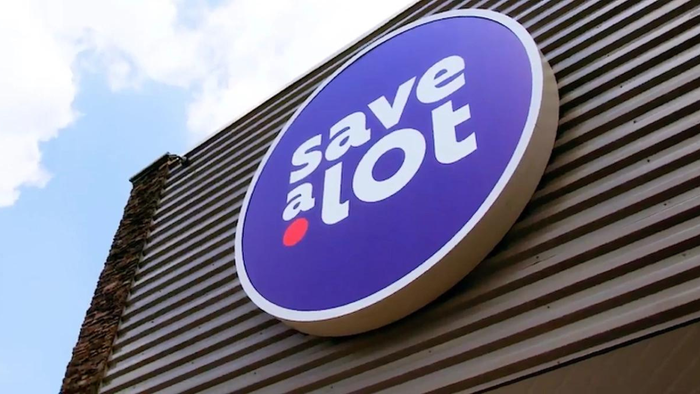Talking Shop with... Michael Zacka
January 1, 2018
The CEO and president, North America, for Tetra Pak,says his company can offer retailers a unique perspective on packaging. Grocery Headquarters: Tell us about Tetra Pak. How do you help retailers and manufacturers? Michael Zacka: Tetra Pak is a 60-year-old company that is the world leader in liquid food processing and packaging solutions. Liquid food includes your juice, still drinks, soups and broths and almost anything that is dairy based, such as milk, yogurt, coffee creamers as well as non-dairy substitutes such as soy, almond and rice milk. We are in more than 175 countries around the world and our core focus is beverage and dairy-related products. We estimate that globally roughly 70% to 80% of milk and juice production is being produced on Tetra Pak equipment. The second aspect of our business is packaging solutions, primarily carton-based packaging solutions. Our parent company, Tetra Laval, operates Sidel, a sister company that is one of the world leaders in plastic packaging. Our core business is liquid food carton packaging. We started as a business-to-business value proposition. As retailing develops, our expertise is more in demand. We typically go to retailers and explain to them how we can help them grow consumption and bring a perspective on possible ways to generate new business. We can be a very good, non-threatening partner letting them know what is happening in a market elsewhere, like in such countries as Australia and the U.K. Another component we offer is an environmental perspective. We can provide retailers with information they may need to support their branded and private label strategies from an environmental angle. We can also help those retailers looking to develop their private label strategies. We have an extensive, wide-ranging database of manufacturers that allows us to guide retailers to a specific partner that they can potentially talk to regarding a private label program. Our company can be a non-risk third party as these retailers develop these programs. Packaging is playing a larger role in merchandising decisions? Tell us about this trend. We are indisputably the world’s largest R&D investor in packaging. Although we are a private company, our annual R&D budgets runs north of $400 million dollars. Why do we do that? Because we see that packaging in retail is going to be playing a much stronger role in the purchasing decisions of the next generation of consumers. As we project into the future, companies like ours need to drive innovation in terms of package attractiveness and functionality through the consumers’ eyes. We also need to drive R&D from a strong environmental platform and we need to be cost competitive. We have to look from the retailer’s perspective. If we can help grocers get 30% more product on the shelf, or allow retailers to use 30% less space for the same amount of product, this gives them an opportunity to carry more products and develop more profits. As private label becomes a larger player in the field, how can Tetra work more closely with retailers? In western and central Europe, we have seen private label grow to a 60% to 70% market share. I think the writing is on the wall. As the industry consolidates, there is no question that retailers have a thirst for private label products that generate higher margins. The packaging that we are developing and the systems we have developed lend themselves very well to private label brands. In certain instances, some retailers want to talk to us about package innovation for their label where they may feel that the branded products lack innovation. Can you give us some examples of what you have done in the packaging field? A good example is the broth segment. If we go back a few years, broth sales were very static and everything was packaged in a can. Campbell Soup Co. officials told retailers there was an opportunity to grow the category by offering a broth carton that is larger and resealable. Now 70% of the category is in cartons and revenue increased by 80% because of larger cartons and a more modern resealable package.
About the Author
You May Also Like




